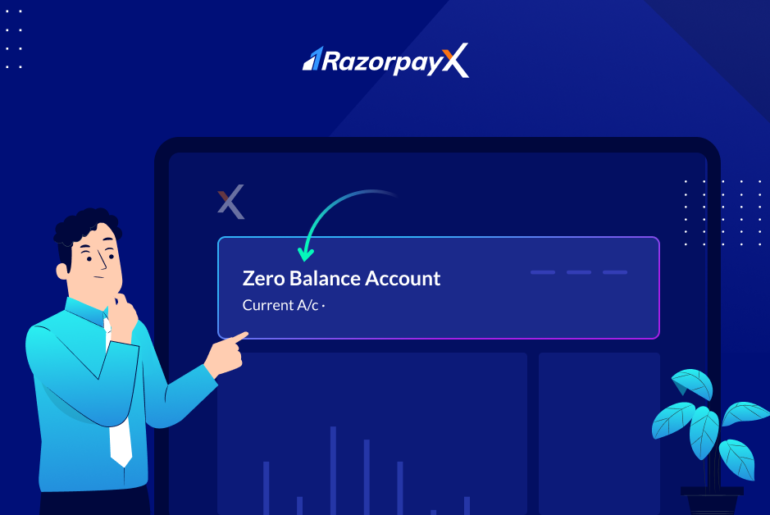Table of Contents
What is Yield?
Yield is the profit generated on an investment. It is generally expressed as a percentage of the initial investment.
Yield could include the dividends/interest earned from holding the security or the rise in price since the initial purchase. There are different types of yield, based on the valuation of the security.
Securities that offer high yields are generally seen as a high-risk investment. Investors must be careful when taking yield into consideration when making investment decisions, since high yield doesn’t always mean that the investment is a sound one!
In this blog, we discuss how to calculate yield, how to interpret it and make the best investment decisions.
Yield Formula
The formula to calculate yield is:
Yield = Net Realized Return / Principal Investment Amount
Let’s use an example to better understand this calculation.
Rakesh invested Rs 10,000 in a stock in 2015. He sold the stock for Rs 20,000 in 2020, and earned Rs 5000 as dividends over the 5 years that he held the stock.
The Net Realized Return amount includes the rise in price over 5 years, and the dividend earned. So, Rakesh’s Net Realized Return amount is 10000 + 5000 = 15000.
The Principle Investment Amount is Rs 10000.
Yield = 15000/10000 = 1.5, or 150%.
What Yield Tells You
There are many factors that investors have to consider before making an investment; of which yield is a very important factor. Here are all the ways that yield of an investment should be evaluated.
Return on Investment: Yield is typically used as a measure of the return an investor can expect from an investment. For example, in the case of bonds, yield is typically measured as yield-to-maturity (YTM), which is the return an investor can expect if they hold the bond until maturity. In the case of stocks, yield is typically measured as the dividend yield, which is the annual dividend payout as a percentage of the stock’s current price.
Indicator of Risk: In general, investments with higher yields are considered riskier than those with lower yields. For example, high-yield bonds (also known as junk bonds) offer higher yields than investment-grade bonds, but they also carry a higher risk of default.
Historical Performance: It’s important to look at historical yield performance to get a sense of what to expect in terms of yield. This can help you evaluate whether the yield is attractive relative to other investment opportunities.
Comparative Yield: Finally, it’s important to compare the yield of the investment you’re considering to other investments with similar risk profiles. This will give you a sense of whether the yield is attractive relative to other opportunities.
Types of Yield
There are several types of yields that investors should be aware of when evaluating an investment. Here are the most common types:
Yield on Stocks
Two methods are commonly used to calculate the yield generated from stocks. The first is calculated on the purchase price and is called Yield on Cost, or Cost Yield.
Cost Yield = (Price Increase + Dividends Paid) / Purchase Price
This method does not take changes in market price into account, so most investors choose to calculate the current yield using this formula:
Current Yield = (Price Increase + Dividend Paid) / Current Price
It is important to take the current price of a stock into consideration because when the stock price of a company increases, the current yield tends to go down.
This is due to the inverse relationship between yield and stock price. As the stock price rises, the dividend yield decreases.
Yield on Bonds
Bonds are debt instruments issued by governments, municipalities, corporations, and other entities to raise capital.
The principal amount is returned at maturity, and the bondholder gets a regular monthly dividend. The yield on bonds that generate an annual interest is called the nominal yield.
Nominal Yield = (Annual Interest Earned / Face Value of Bond)
Some bonds are index-linked, which means their value fluctuates based on the value of the index. All these fluctuations are taken into account in the face value of the bond itself.
Yield to Maturity
The yield-to-maturity is a constant measure of how much return is expected from a bond if it is held till maturity. The nominal yield is a changing value and differs from year to year.
YTM takes into account several factors, including the bond’s current market price, coupon rate, time to maturity, and the face value of the bond. It considers the price paid for the bond and the future cash flows it is expected to generate.
Yield to Worst
This is a measure of the worst possible return that an investment can generate, without the possibility of the issuer defaulting.
Situations like prepayments, callbacks and sinking funds are taken into consideration and the return is calculated. Measuring yield to worst is the best way to measure risk and provide for all contingencies.
Yield to Call
This is a measure of the return generated on an investment if it is redeemed before its maturity date. It is similar to the calculations for yield to maturity, except that instead of the time to maturity, yield to call takes into account the possibility of the bond being called by the issuer.
YTC is especially relevant for investors holding callable bonds because it helps estimate the potential return if the bond is called before maturity. It allows investors to assess the risk and reward of investing in callable bonds and compare them with non-callable bonds or other investment options.
Limitations of Yield
In finance, the yield of a security is the income return on an investment, usually measured as a percentage of the investment’s market value. The formula for calculating yield involves dividing the income earned by the investment by the market value of the investment.
If the market value of the security has decreased, the denominator value in the yield calculation formula (which is the market value of the investment) will also decrease. As a result, the calculated yield value will increase, even if the security’s valuations are on a decline.
For example, let’s say you purchased a bond for Rs 1,000 that pays a Rs 50 coupon (income) annually. In this case, the yield would be 5% (50 ÷ 1,000).
Now, suppose the market value of the bond decreases to Rs 800 due to market conditions. The yield would now be calculated as 6.25% (50 ÷ 800), even though the bond’s valuations are on a decline.
This scenario highlights the importance of considering the market value of an investment when evaluating its yield. A high yield doesn’t necessarily mean that an investment is performing well. It could be a result of a falling market value of the investment. Investors should consider both yield and market value when evaluating an investment’s performance.
How to Manage Yield
Tracking yield is a good way to make sure you get the best of every rupee you have. There are many ways to manage yield, but investment and yield management requires time, energy and dedication.
For founders of startups who have to handle a million things all at once, this becomes a difficult task. Luckily, there are many fintech solutions on the market to automate menial and tedious tasks so more time is unlocked for the founder to spend on things like investments.
RazorpayX is one such tool that helps founders automate their business finances and do practically everything from one single dashboard.
- Payroll Management
- Vendor Payments
- Corporate credit cards
- Payouts
- Tax Payments
- Forex and FDI Transfers
- Coordinating with CA and finance teams
FAQs
What is a good yield for an investment?
A good yield for an investment depends on several factors, such as the investment type, market conditions, and the investor's goals and risk tolerance. Generally, higher yields come with higher risks, so investors should consider the risk-return trade-off when evaluating an investment's yield.
Can yield be negative?
Yes, yield can be negative in certain situations, such as when a bond's market value increases due to changes in interest rates. In this case, the bond's coupon rate may be lower than the prevailing interest rate, resulting in a negative yield.
How does yield differ from total return?
Yield and total return are related but different concepts. Yield measures the income return on an investment, usually expressed as a percentage of the investment's market value. Total return, on the other hand, measures the overall return on an investment, including both income and capital gains or losses.



